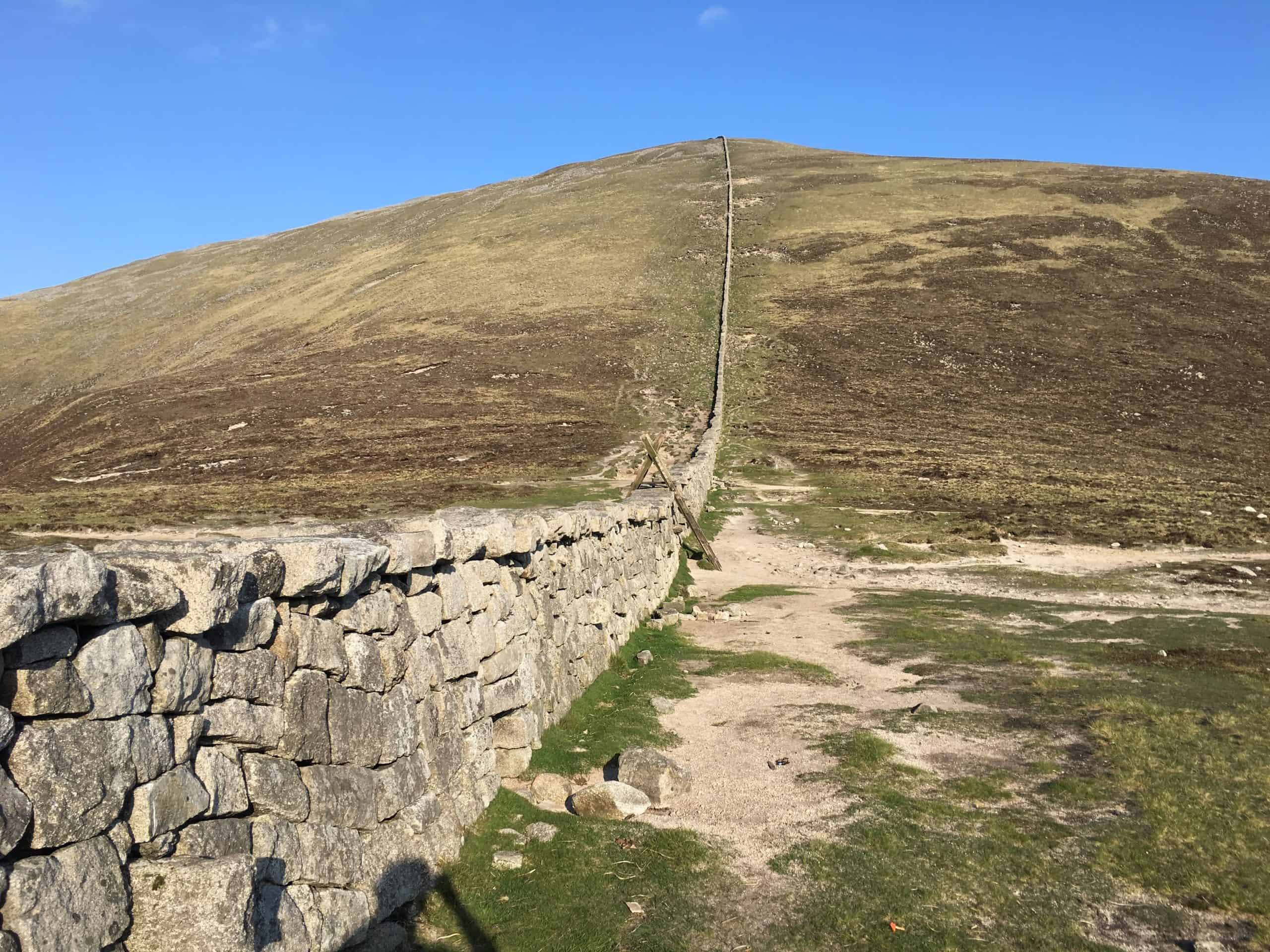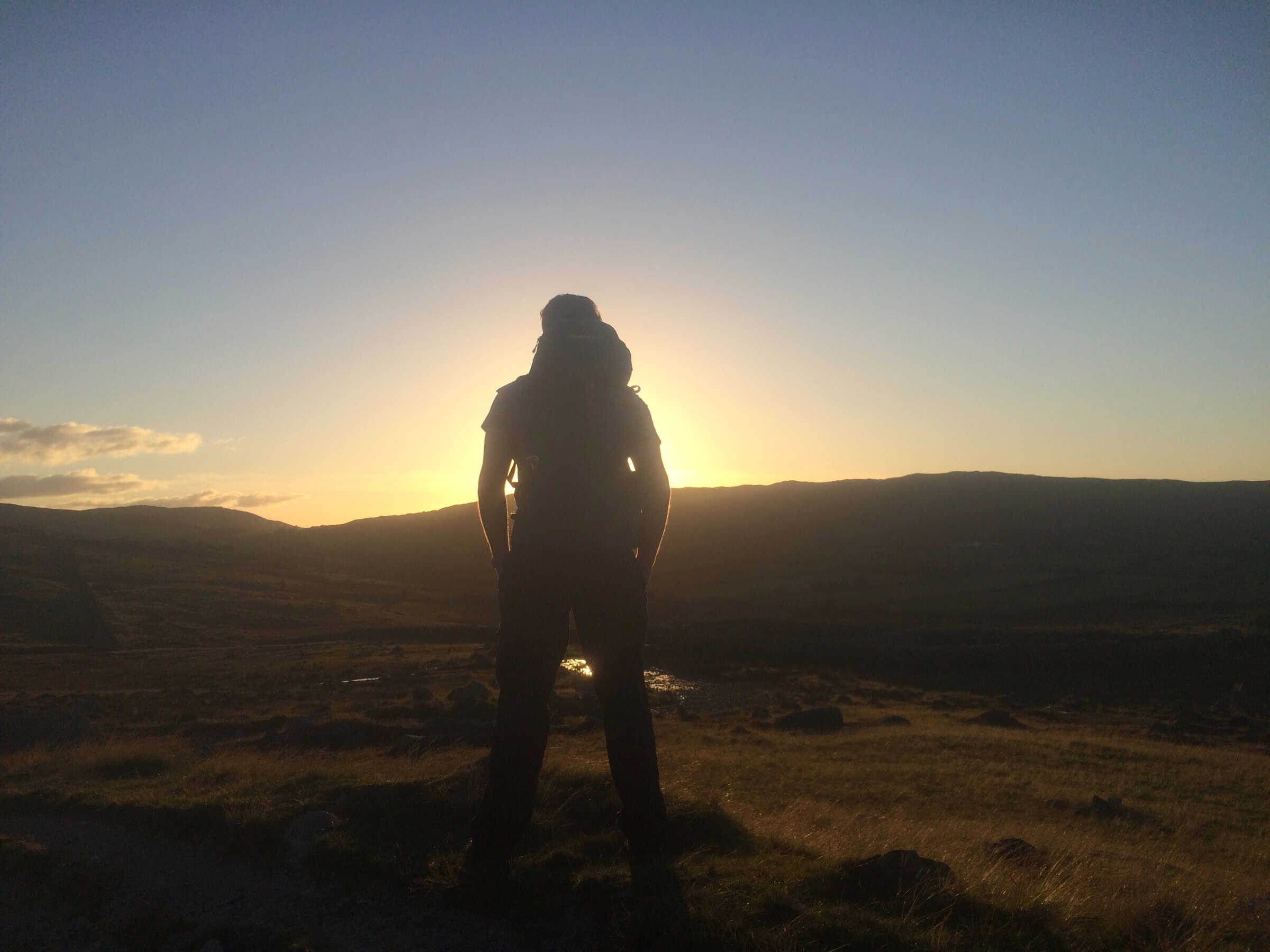There’s been something of a minor stir lately in the Northern Ireland outdoors community regarding plans to build a gondola to transport hikers and tourists for access to Slieve Donard (and from there, the Mournes in general)
Debate has been quite polarized, with one camp feeling such things should never be done to the hills while the other camp feels everything we can do to market the Mourne mountains should be done.
The people in the middle are somewhat battered from the crossfire, but there are arguments to be made from both sides.
One point which springs to mind is that tourism is good for an area’s economy, but not necessarily for the quality or character of the area itself.
A gondola ride to the foot of Slieve Donard would definitely increase the number of tourists visiting that side of the Mournes. This comes with the added bonus of increased spending in the surrounding area of Newcastle, but also with some pitfalls. Easier access expands the demographic of visitors from regular hikers to also individuals who have never hiked before. This is a good thing in some regards, as it’s always good to see more people get a taste for the outdoors, but if involves attracting more people to the hills who have not yet developed a respect for the outdoors and an inclination not to litter – this is a downside.
It becomes clear that for every point regarding ease of access and works in the hills, there is a positive and a negative, both almost always equally weighted.
Some further questions need to be asked, such as:
- Will the range of the gondola be expanded to further up the mountain in future? If not, can this be guaranteed?
- What placement is being considered, is it as unobtrusive as possible?
- How will it be funded?
- Are provisions to be made for actively reducing the impact upon the area?
In this quarter’s release of the Mountaineering Ireland magazine, in their article “Vulnerable Hills” – a general consensus was reached that upland maintenance work was essential for the upkeep of our mountains – but such work should never be for the purpose of making the hills safer or more accessible.
I tend to agree with this viewpoint – risk is inherent in any hiking or mountaineering activity and it is incumbent upon the individual to ensure his or her own safety – and take responsibility for it. Once we start modifying the mountain environment instead, we encourage a detachment from our own responsibility for our safety and this is a poor thing to be encouraging.
Also, our hills aren’t a commodity. They are not something which can be depleted and replenished by the mere allocation of money. County Down locals will recall the horrible condition of Tyrella Beach last summer, when hundreds flocked to the area during the good weather.
Tyrella was cleaned up due to a concerted and well manned volunteer effort, but imagine a similar effect in the hills, sustained long term. Is it likely that allocation of funds for a few rangers could offset such impact? Could we count on sustained volunteer assistance which not waver over time? We see enough water bottles and banana peels up the mountain as it is!
Everyone agrees that more people enjoying our hills can potentially be a good thing. However there are other ways to achieve this than making the task easier.
- Promote the area more in literature and media.
- Collaborate with Translink to ensure better transport to the mountains for tourists and travellers.
- Communicate available transport options more clearly to tourists and potential newcomers
All of these measures have the potential to increase uptake, without making the act of hiking the hill easier. In keeping the full challenge of the hike intact, we keep walkers mindful of the power and scale of their surroundings and the respect they command, so future generations might thank us for not re-moulding them to suit our whims and convenience.






There’s some excellent points there. I personally find the arguments on the issue rather complex at times but I definately think people need to tune in to the debate. I’d like to see some type of democratic function before any major decisions: like a public consultation or vote.